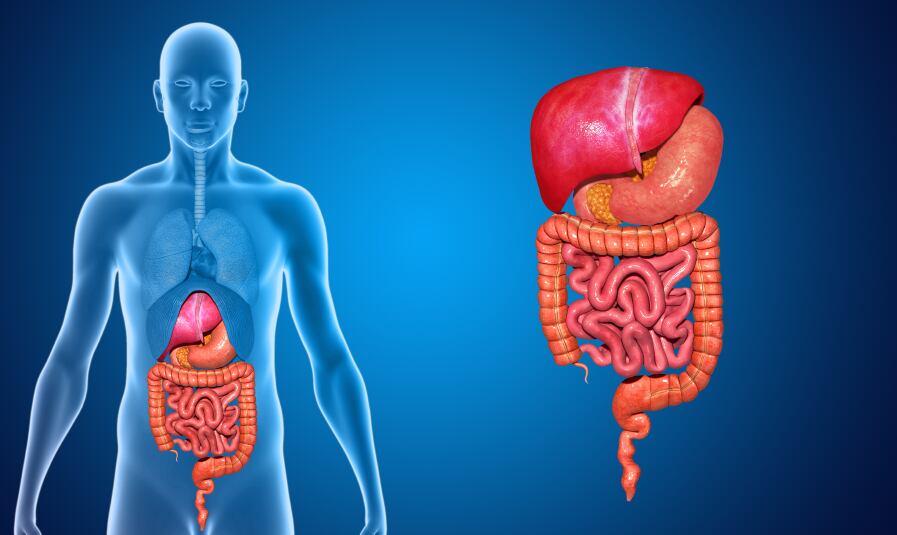The claim points to an increased exposure to the element as a result of intensified food consumption that is placing undue pressure on the gastrointestinal tract, resulting in increased numbers suffering from IBD symptoms or disorders.
IBD, which include Crohn's disease (CD) and ulcerative colitis (UC), are chronic diseases which appear mainly in young patients. IBD are a public health concern in industrialised countries, where 1 in 1000 people is affected.
The incidence and prevalence of IBD were highest in westernised nations, with reported UC incidence rates in Northern Europe of 24.3 per 100,000 in Iceland and 10.6 per 100,000 for CD in the United Kingdom.
Oral exposure to aluminium is mainly from food, beverages, medication and airborne dust. For the general population, most of the daily gastrointestinal intake of aluminium is through the diet.
The review, carried out by scientists from the University of Lille, attempted to evaluate the levels and sources of oral exposure to aluminium, and how the GI tract dealt with levels that occur as a result of increased exposure.
European exposure

Current health-based guidance established by the European Food Safety authority (EFSA) set a safe exposure level of 1 mg/kg bw/week.
In other European countries, the levels of aluminium exposure via food range between 28,6 μg/kg bw/day and 214 μg/kg bw/day with the highest exposure levels in Spain (Canary Islands) for adults and in UK for children.
The review questioned whether aluminium absorption was localised in the gut. The review found that while aluminium absorption through the GI tract was low, around 2% of aluminium entering the blood was retained within the body and accumulated with age.
Researchers believed that the gut epithelium encountered aluminium both via the bloodstream and directly at its luminal part.
Aluminium effects on the gut

A wealth of animal studies have established the varied effects aluminium can have, which can be strongly correlated to similar mechanisms within the human body.
More recently, one study, which assessed the effects of 1.5 mg/kg/day of aluminium in mice models found that its ingestion during one month worsened colitis, as shown by increased weight loss, more intense macroscopic and histological lesions, and enhancement of colonic myeloperoxidase activity.
A strong body of evidence was also featured that pointed to aluminium’s role for IBD in development and progression.
Aluminium has also been shown to impair several biological processes that promote IBD progression, including the growth inhibition of intestinal bacteria and affecting dysbiosis and the stimulation of inflammation in association with bacteria.
Aluminium also induced bacterial formation in lymph nodes and a decreased expression of intercellular junctions in the colon.
Taken together, the review stated, these data showed the deleterious impact of aluminium on major pathophysiological mechanisms of IBD.
“The potential involvement of aluminum on IBD pathogenesis does not disagree with clinical trials with low microparticles diets performed is CD patients showing no effect on disease remission,” the review stated.
“Indeed, the low microparticles diet was based only on avoidance of food containing titanium dioxide and particulate silicates which are not the only additives containing aluminium.”
Source: Morphologie
Published online ahead of print, doi:10.1016/j.morpho.2016.01.003
“Gut: An underestimated target organ for Aluminum.”
Authors: C. Vignal, P. Desreumauxa, M. Body-Malapel
